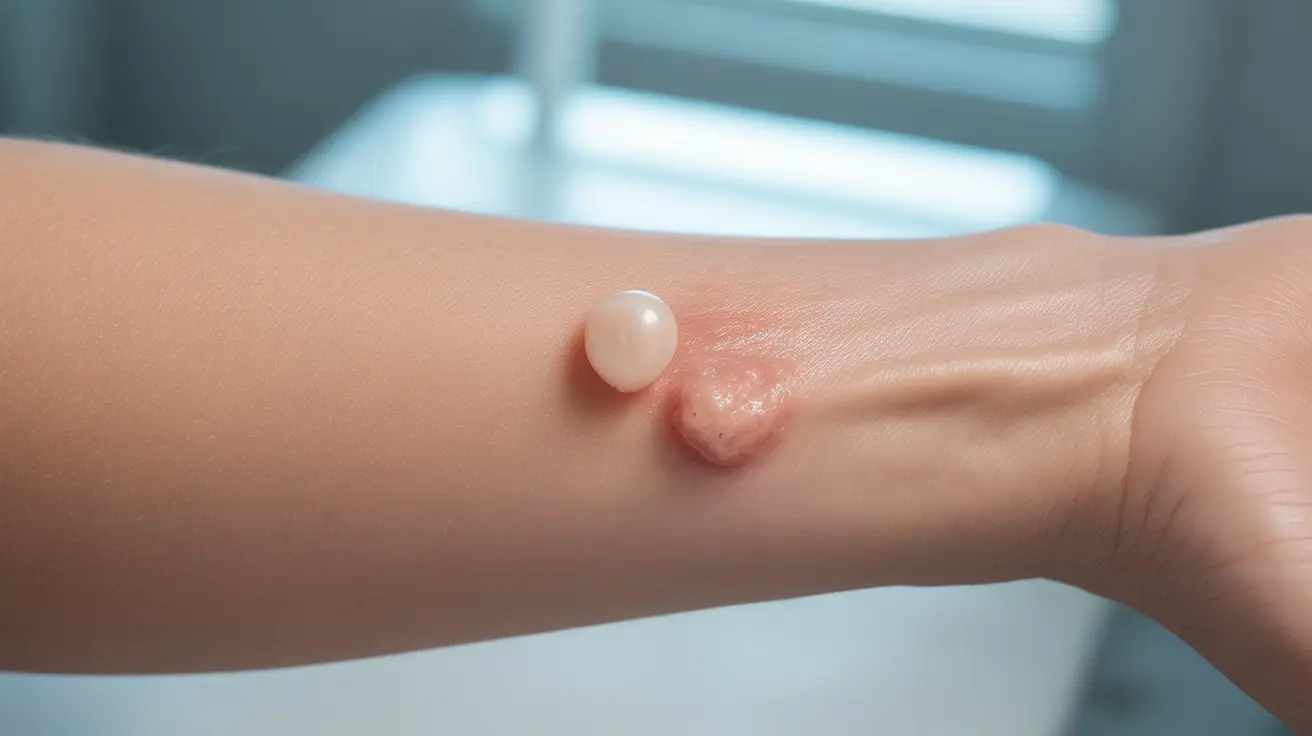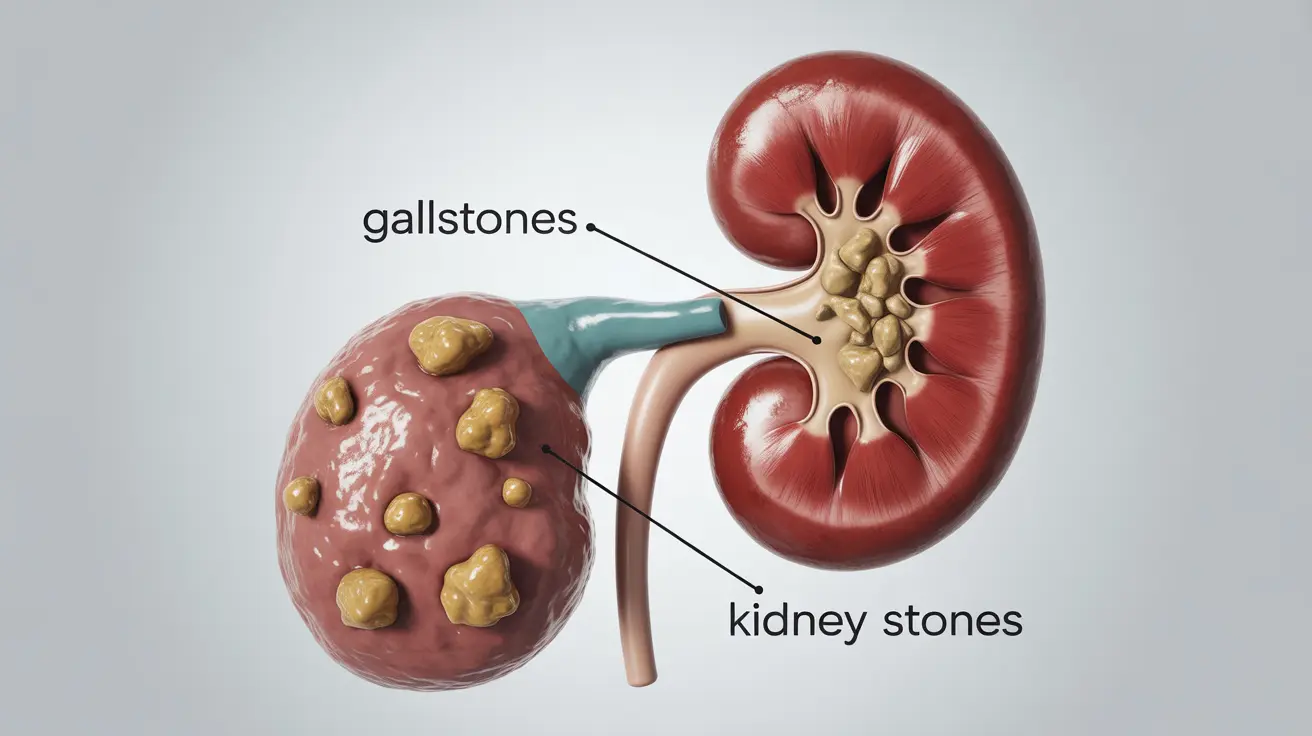Understanding the distinction between freckles and moles is crucial for maintaining healthy skin and identifying potential warning signs of skin cancer. While both are common skin features, they have different characteristics, causes, and potential health implications that everyone should know about.
This comprehensive guide will help you understand the key differences between freckles and moles, recognize warning signs, and know when to seek medical attention.
Physical Characteristics and Formation
Freckles appear as small, flat, light brown spots that typically develop in clusters across sun-exposed areas of the skin. They're actually clusters of melanin, the pigment that gives skin its color, and tend to become more prominent with sun exposure.
Moles, on the other hand, are typically raised, darker in color, and appear as distinct growths on the skin. They're formed by melanocytes (pigment-producing cells) growing in clusters rather than spreading throughout the skin.
Causes and Development
Freckle Formation
Freckles primarily develop due to:
- Sun exposure and UV radiation
- Genetic predisposition
- Fair skin type
- Natural aging process
Mole Development
Moles typically form due to:
- Genetic factors
- Hormonal changes
- Sun exposure (in some cases)
- Natural skin cell growth patterns
Risk Factors and Health Implications
While freckles are generally harmless and purely cosmetic, moles require more careful monitoring. Understanding the ABCDE criteria for mole assessment is essential for early detection of potential skin cancer.
The ABCDE Rule for Mole Assessment
Watch for these warning signs:
- Asymmetry: One half doesn't match the other
- Border irregularity: Edges are ragged or poorly defined
- Color variation: Multiple colors within the same mole
- Diameter: Larger than 6 millimeters (pencil eraser size)
- Evolution: Changes in size, shape, or color over time
Prevention and Protection
To protect both freckles and moles from harmful changes:
- Use broad-spectrum sunscreen daily
- Wear protective clothing
- Avoid peak sun hours
- Perform regular skin self-examinations
- Document any changes in existing moles
When to Seek Medical Attention
Consult a healthcare provider if you notice:
- Rapid changes in mole appearance
- New moles appearing after age 30
- Moles that itch, bleed, or become painful
- Any features matching the ABCDE criteria
- Unusual skin changes or growths
Frequently Asked Questions
What are the main differences between freckles and moles on the skin?
Freckles are flat, light brown spots that appear in clusters and become more prominent with sun exposure. Moles are typically raised, darker in color, and appear as distinct growths. Freckles are caused by melanin distribution, while moles are formed by clusters of melanocytes.
How do I distinguish between a harmless mole and one that might be cancerous?
Use the ABCDE rule: check for Asymmetry, Border irregularity, Color variation, Diameter larger than 6mm, and Evolution or changes over time. Any moles exhibiting these characteristics should be evaluated by a healthcare provider.
What are the common causes of freckles and moles, and how do they generally appear on the skin?
Freckles are caused by sun exposure and genetic factors, appearing as light, flat spots in sun-exposed areas. Moles develop from melanocyte clusters due to genetics and hormonal changes, appearing as raised, darker growths anywhere on the body.
Can freckles ever turn into moles, or do they pose any health risks?
Freckles cannot turn into moles as they are fundamentally different skin features. While freckles themselves don't pose health risks, their presence indicates sun sensitivity, and the skin should be protected from UV damage.
What are the ABCDE criteria for identifying potentially cancerous moles, and when should I see a doctor?
The ABCDE criteria include Asymmetry, Border irregularity, Color variation, Diameter over 6mm, and Evolution. See a doctor if you notice any of these changes, or if moles become painful, itchy, or bleed.




